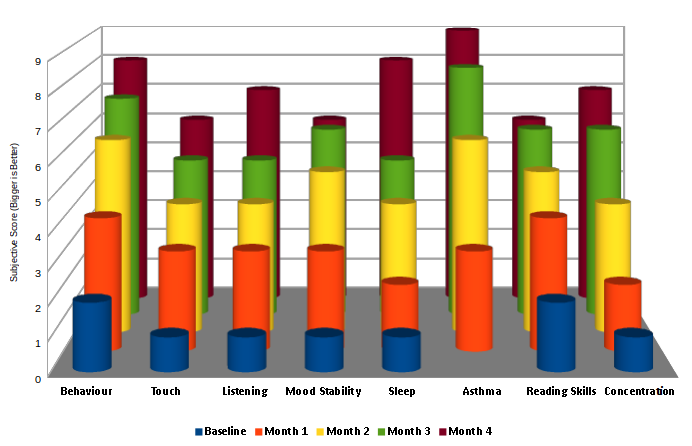A Case Study
by Dr Gloria Hettige PhD
As a complimentary health practitioner, I do come across clients with acute to chronic health challenges. Either way, the approach I take is the same. Taking a case history provides a plethora of evidence, equipping the practitioner to provide a targeted protocol for the best outcome, while handling the client with empathy and compassion.
Six months ago, a 57 year old woman came to us presenting the following challenges:
- Retinitis pigmentosa
- Irregular bowel motion
- Low blood pressure
- Body pain, including whole back, hips and knees.
- Frequent headaches
- Abdominal bloating
As part of our Good Practice Management policy, we work alongside the client’s GP. With the client’s permission we obtain their historical blood test results. Blood tests showed the following:
- Low vitamin D
- Low vitamin B12, folate
- Elevated fasting insulin
- Elevated HBA1c
- Elevated thyroid antibodies
- Elevated lipid profile
- Elevated liver enzymes
The first step for treatment of all the above presenting conditions is dietary intervention. Low B12 and folate may disrupt the Methylation Cycle. This triggers pathophysiology drivers such as mood disorders, thyroid dysfunction. insulin resistance, dysbiosis, inflammation and toxicity, all of which the client was experiencing.
Case Treatment
The treatment commenced with Excretion and Detoxification therapy for several weeks. In parallel with this, we introduced a change of eating habits and a few nutritional supplements targeting her challenges.
| Initial treatment | Rationale |
|---|---|
|
Homeotoxicology Detox system |
Excretion and detoxification of the lymphatic, hepatic and renal system |
|
Optimal Gastointestinal, Hepatic & Inflammatory support formula |
This formula’s ingredients inhibit phase 1 detoxification, up-regulate and support each phase 2 pathway, and provide antioxidant support. |
|
High Purity, Low reflux, Concentrated fish oil |
High potency EPA/DHA helps with multiple anti-inflammatory mechanism. |
|
Coenzyme Q10 with exclusive Vesisorb technology for enhanced absorption |
To reduce oxidation, support heart health and cellular energy production. |
|
Herbs for Nervous Tension and Irritability |
To support cytokine and hormone production associated with moods |
|
Probiotic |
To enhance cellular immune function |
|
Glyconutrient |
To support cellular communication |
|
Magnesium with biologically Active B vitamins |
To maintain healthy levels of biomarkers associated with cardio vascular health. |
Outcome – Subjective observation
- After one month
- Sleep improved. When she wakes up in the morning, she feels that she had a very good recovery sleep.
- Bowel motion regulated.
- Increase in energy. She commented, “I can now get out of bed and do my daughter’s hair.” Energy levels sustained throughout the day.
- Neck and shoulder pain 60% better.
- After two months
- No cramps
- No neck pain
- No muscle pull on the inner leg groin downwards that could be excruciating pain down the leg. (This condition was diagnosed as pelvic disability).
- Knee pain reduced remarkably
- Her sister commented “you look young as before your wedding.”
- After three months
- Eye sight improving. Notable changes are she can now read timetables at bus stops and car time displays.
- No muscle stiffness. She can do lot of work. Getting up in the morning and moving with ease.
- Knees have improved. Lot of mobility. She can kneel in church. She considers this a significant improvement.
- Sleep is wonderful
- Lots of energy .She jumps out of bed
- Chronic pain was managed by the use of nutrition and scenar treatment
Outcome – Blood Markers
Conclusion
Much credit should be given to the client. When she came to see us, she was committed to making the changes that we recommended.
Working on all aspects of detoxification of all the essential excretory organs and supporting the cellular matrix with essential nutrition has resulted in her system becoming manageable and resilient. This is reflected in both the subjective and clinical outcomes.
Furthermore, strategic prescribing to correct the specific pathophysiological pathways identified in this case has achieved the rapid, positive results that both practitioner and patient desired.



